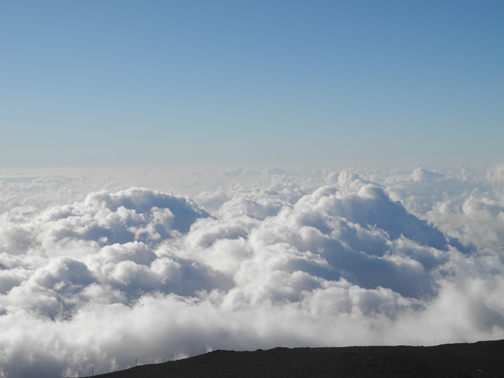It
is has come… the end, but hopefully not for long. It has been a pleasure and I will
be updating the blog on new and interesting developments in the South Pacific
but not as regularly as before.
Just
to recap I have looked at:
Water –
has been a recurring theme. Water shortages have been an issue for many islands,
especially low lying ones. Rising sea levels, increased frequency and intensity
of storms have increased the incidence of saltwater intrusion, contaminating
water supply. These tropical islands seem the furthest from dry, but it is
about having access to safe water which seems to be one of the largest concerns
with climate change.
Biodiversity –
coral bleaching caused by the effects of climate change have been a major
concern for marine biodiversity. Corals are an important ecosystem, they’re
demise is possible and management of them is paramount. In my blog post on
protecting corals I focused mainly on how local groups were dealing with them,
for more regional approaches such as MPAs (marine protected areas) I would recommend
a look at ‘Under the Sea: the curious case of coral’. Birds in Hawaii; has also
been an interesting aspect of biodiversity loss due to climate change. The
increasing air temperature increasing avian malaria may see the end of some of
the Honeycreeper species.
Some
of the articles I have read have been thought provoking and made me reassess a
variety of matters. Reading Fabotkos piece about climate change being
exaggerated in Tuvalu has made me more critical of pictures and youtube videos.
Trying to incorporate social capital into adaption schemes was also a new way
of thinking for me.
I’d
like to thank my followers and my fellow bloggers for educating me and occasionally
referencing me J.
See
you soon!
Kate
x





